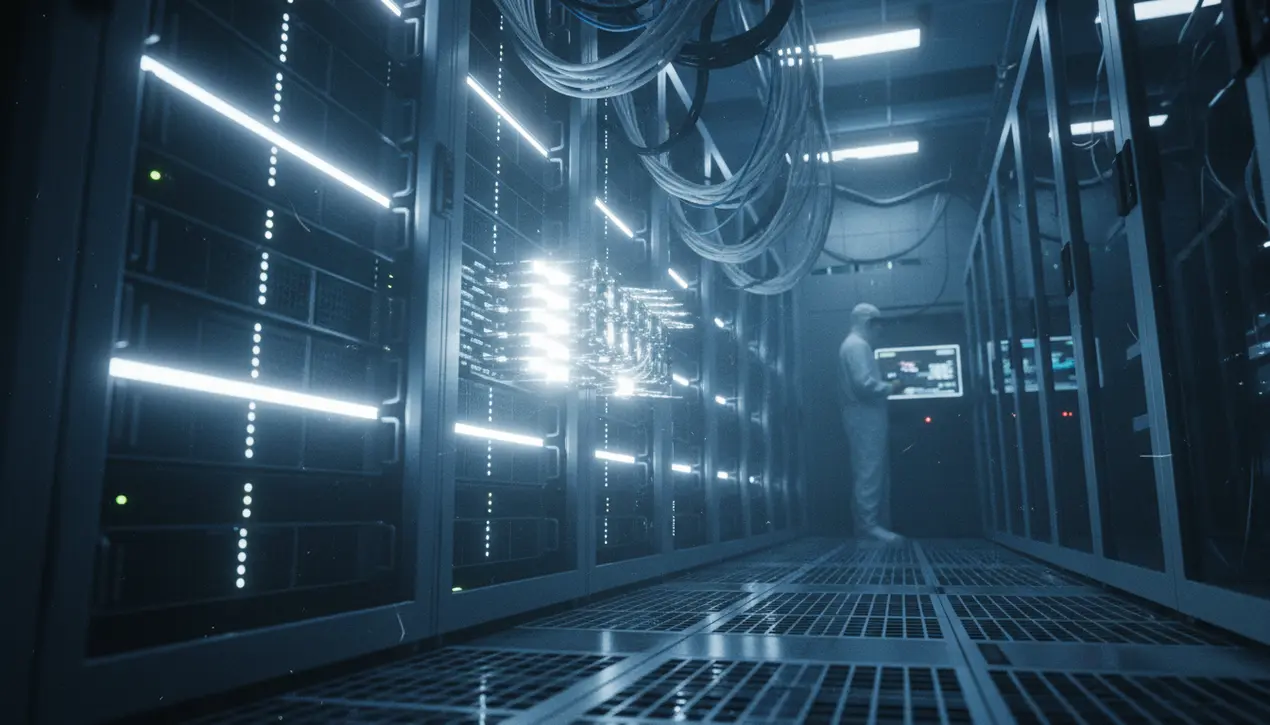
AIchips & hardwareNVIDIA GPUs
Huawei's New AI Tech Boosts GPU Efficiency.
DA
Daniel Reed
2 hours ago7 min read
Huawei Technologies is poised to unveil a groundbreaking artificial intelligence infrastructure technology this Friday, a development reported by the state-owned Shanghai Securities News that promises to fundamentally reshape computational economics by potentially doubling the utilization efficiency of graphic processing units (GPUs). This isn't merely an incremental update; it's a potential paradigm shift, aiming to catapult the utilization rate of AI chips—encompassing both GPUs and neural processing units (NPUs)—from a current, often inefficient 30 to 40 percent, to a remarkably robust 70 percent.In the high-stakes arena of artificial intelligence, where model training and inference demand colossal computational resources, GPU scarcity and exorbitant costs have become the primary bottlenecks stifling innovation and deployment. The underlying technology, while not fully detailed, likely involves sophisticated software-hardware co-design, potentially leveraging dynamic resource allocation, advanced scheduling algorithms that minimize idle cycles, and novel memory management techniques that reduce data transfer latency—concepts familiar to those who follow academic papers from conferences like NeurIPS or ISCA.This advancement echoes the historical trajectory of CPU optimization, where hyper-threading and multicore architectures drastically improved throughput, but applied here to the massively parallel architecture of GPUs. For context, Nvidia's CUDA platform and software suites have long been the gold standard for extracting performance, but Huawei's approach seems to target a layer above the core drivers, perhaps at the cluster orchestration level, intelligently managing workloads across a fabric of chips to prevent the endemic underutilization seen in many data centers.The global implications are profound. In an era defined by a strategic contest for technological supremacy, particularly between the United States and China, and exacerbated by stringent export controls on advanced semiconductors, achieving more with less hardware becomes a powerful geopolitical lever.If Huawei can reliably deliver this 70 percent efficiency, it effectively neutralizes a portion of the performance-per-chip disadvantage, allowing Chinese AI firms and research institutions to continue scaling their models despite constraints. Experts in computational architecture would be keen to analyze the trade-offs: does this efficiency come at the cost of increased latency for certain tasks, or is it a genuine net gain? Furthermore, this development intensifies the pressure on Western chipmakers and software ecosystems to innovate beyond pure silicon performance and focus on systemic efficiency.The long-term consequence could be a re-evaluation of how we measure computational power, shifting from raw FLOPS to a more holistic metric of 'effective FLOPS' delivered per watt and per dollar in real-world deployment. This is a clear signal that the next frontier in the AI arms race is not just about building faster chips, but about building smarter, more synergistic systems that wring every last drop of performance from the silicon we have.
#Huawei
#AI infrastructure
#GPU performance
#chip utilization
#AI chips
#featured
Stay Informed. Act Smarter.
Get weekly highlights, major headlines, and expert insights — then put your knowledge to work in our live prediction markets.
Comments
Loading comments...
© 2025 Outpoll Service LTD. All rights reserved.